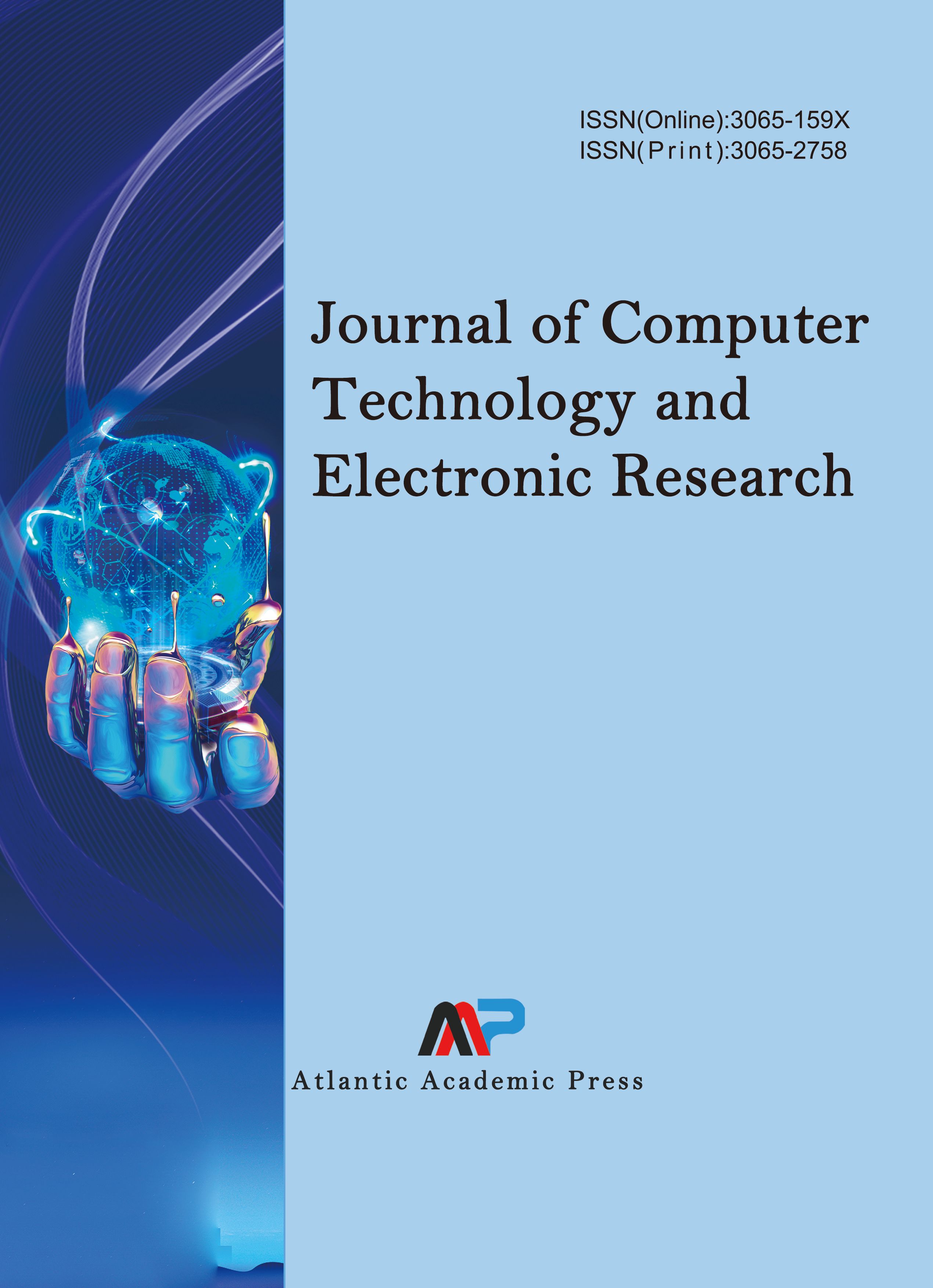A Feasibility Study on AI-Assisted Chinese Writing Instruction
DOI:
https://doi.org/10.70767/jcter.v2i3.560Abstract
With the rapid advancement of artificial intelligence, particularly in natural language processing, the field of education is undergoing profound transformation. As a critical component of language education, Chinese writing instruction—characterized by its complex cognitive structure and linguistic features—offers a multilayered space for technological integration. This paper systematically reviews the theoretical foundations, technological approaches, and adaptive conditions for applying AI in Chinese writing instruction. It explores the construction of instructional support systems centered on language models, semantic analysis, and human–machine collaboration, and evaluates their feasibility and practical value from three perspectives: learners’ cognitive characteristics, types of instructional content, and the division of roles between teachers and technology. The findings suggest that AI-assisted systems demonstrate significant potential in language error correction, structural optimization, and process-oriented feedback, thereby enhancing instructional efficiency and learners’ writing proficiency. Future efforts should focus on improving contextual awareness, cross-task generalization, and mechanisms for human–AI collaboration to further advance the intelligent transformation of Chinese writing instruction.
Downloads
Published
Issue
Section
License
Copyright (c) 2025 Journal of Computer Technology and Electronic Research

This work is licensed under a Creative Commons Attribution-NonCommercial 4.0 International License.




